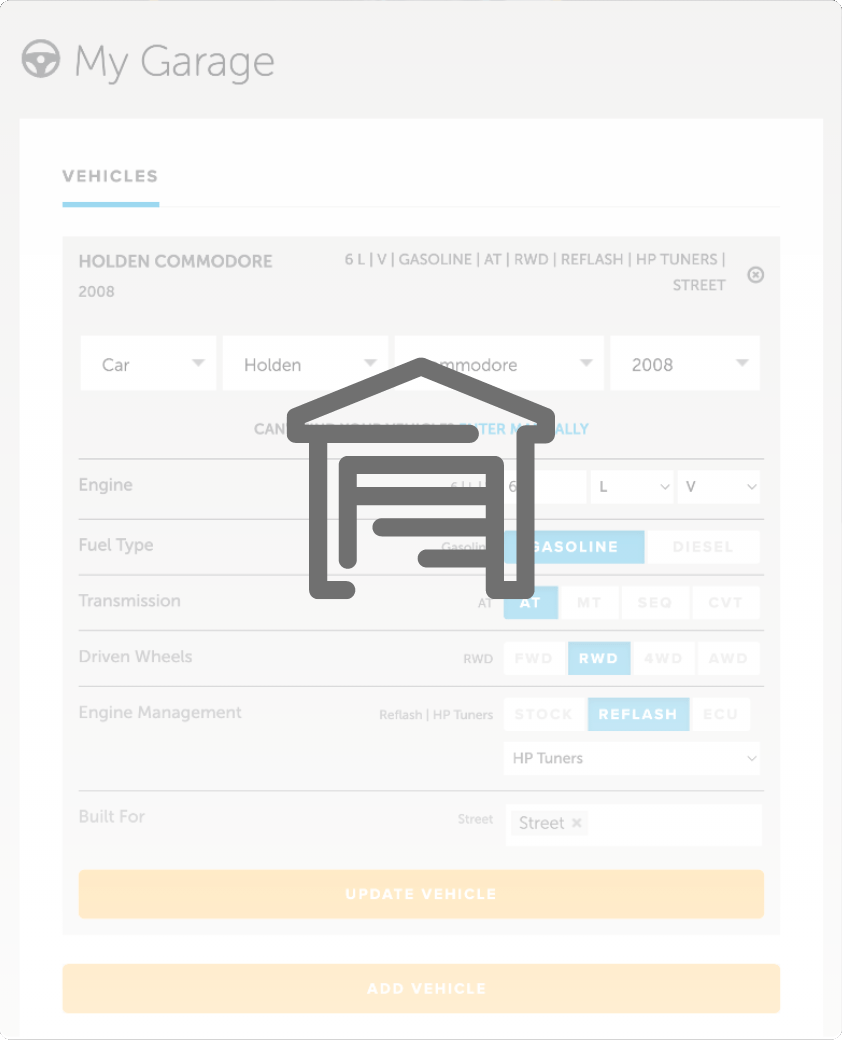| 00:00 |
- There are several factors that can influence whether or not an engine will suffer from knock.
|
| 00:05 |
However, the octane rating of the fuel is one of the most significant.
|
| 00:09 |
The octane rating is essentially a measure of the fuel's ability to resist knock.
|
| 00:14 |
And, in this case, bigger is definitely better.
|
| 00:18 |
The reason that knock occurs in the engine has to do with the heat inside the combustion chamber.
|
| 00:24 |
As the heat increases, at some point it may exceed the autoignition point of the fuel, and hence the unburnt fuel and air spontaneously combusts.
|
| 00:34 |
A fuel with a higher octane rating has a higher autoignition point, and is therefore less susceptible to knock.
|
| 00:42 |
With a performance engine, it's always advisable to use the highest octane fuel you have available.
|
| 00:49 |
This will ensure maximum performance and maximum engine safety.
|
| 00:54 |
With the exception of ethanol-blended fuels, even the best grade of pump fuel may limit the amount of power you can safely make, particularly with turbo-charged or super-charged engines.
|
| 01:06 |
If you're developing an engine specifically for race use, and don't mind the significant cost increase, using a specially blended racing fuel, such as VP's Q16, can offer massive increases in power thanks to a specially blended fuel with a very high octane rating.
|
| 01:26 |
Q16, for example, which is blended specifically for high-boost, turbocharged engines and has a research octane rating of 120-plus, can allow engines to run at boost levels of 40-plus PSI with relative immunity from knock.
|
| 01:44 |
When compared back-to-back with pump fuel, it's not uncommon to see engine power increase by 50 to 100 percent.
|
| 01:53 |
The cost, however, is significant, and running these sort of specially blended race fuels is usually only viable for short-duration races such as drag racing.
|
| 02:04 |
Of course, these days, ethanol-blended fuels, such as E-85, are common at the pump in many parts of the world.
|
| 02:12 |
And often, these fuels can offer performance similar to special race fuels at a fraction of the cost.
|
| 02:18 |
Running on an ethanol-based fuel, however, isn't without its own set of downsides that need to be carefully considered.
|
| 02:26 |
For example, to make the same power on E-85 that you can make on pump fuel, you need to supply around 35 to 40 percent more fuel.
|
| 02:37 |
This means that, often, the size of the fuel injectors and the fuel pump will need to be addressed.
|
| 02:43 |
Ethanol also absorbs moisture from the air, and if the car is allowed to sit for long periods, this can result in corrosion in the fuel system components.
|
| 02:53 |
Regardless what fuel you intend to use, it's important to understand the implications of that fuel on the performance of your engine.
|
| 03:02 |
As we have previously discussed, the most dangerous situation is tuning the engine for a high-octane fuel, and then running it on a lower-octane fuel, as this may result in detonation.
|





